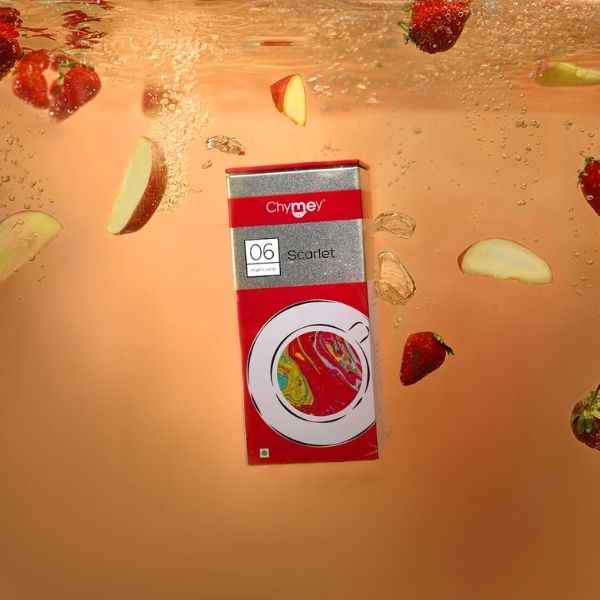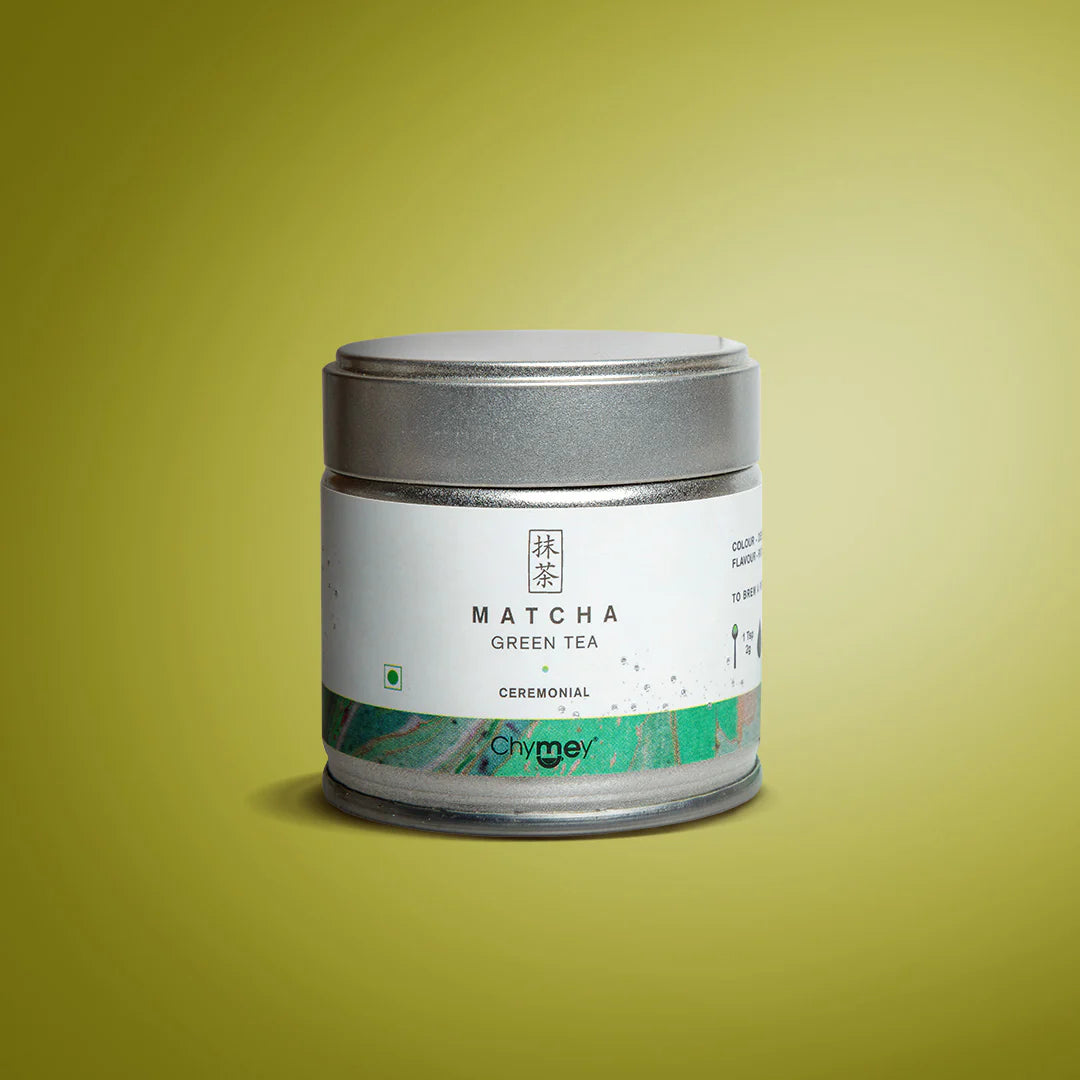A vibrant and ceremonial Japanese beverage, matcha has a rich history that spans centuries. Originating from China during the Tang dynasty, matcha evolved into a cherished cultural practice in Japan, deeply intertwined with Zen Buddhism and the traditional tea ceremony. Over time, matcha's popularity transcended borders, becoming a global phenomenon celebrated for its health benefits and versatility in modern cuisine.
But first, let’s see what matcha is exactly.
Often associated with tranquillity and mindfulness, matcha is a powdered green tea that has transcended its Japanese roots to become a global phenomenon. Known for its health benefits and delicate flavours, its journey is a tale of ancient roots, periods of popularity, and decline, and a modern resurgence that extends beyond traditional tea ceremonies.
Let’s take a look at the history of matcha tea across time.
1. Ancient Roots (2000 BCE - 1100 CE): A Whisper from the Tang Dynasty
The story of matcha’s origin can be traced back to ancient China. After almost three millennia of leaf-based tea consumption, during the Tang Dynasty (618 CE - 907 CE), tea leaves were steamed and compressed into bricks, making them easier to transport and trade. This practice laid the foundation for the powdered tea that would later become matcha.
It was during this period that monks travelling to Japan introduced the art of cultivating and consuming powdered tea. As we know it today, Matcha took its first steps on Japanese soil, carrying with it the essence of Chinese tea traditions.
2. Zen Buddhism Influence (1100 - 1400 CE): The Meditative Brew
Matcha's journey in Japan took a profound turn when it became intertwined with Zen Buddhism during the Kamakura (1185-1333 CE) and Muromachi periods (1336-1573 CE). Monks found solace in matcha's vibrant green hues and subtle bitterness during their meditation practices.
Eisai, a Japanese Buddhist Monk, played a pivotal role in matcha's evolution. After studying Buddhism in China, he returned to Japan in 1191, bringing with him not just tea seeds but the Zen Buddhist methods of preparing powdered green tea. These seeds, known for producing the highest quality leaves, were planted in Kyoto, marking the birthplace of matcha cultivation in Japan.
The development of "Tencha," the method of growing green tea under shaded conditions, further enhanced matcha's qualities, making it a symbol of purity and tranquillity in Zen Buddhism.
3. Growth in Popularity (1400 - 1700 CE): Matcha's Ascent Among Samurai and Aristocrats
The Muromachi (1568–1600 CE) and Edo periods (1603–1867 CE) witnessed matcha's rise to prominence among samurai, aristocrats, and, eventually, the general public. It became a status symbol, consumed during elaborate tea ceremonies that emphasised harmony, respect, purity, and tranquillity.
Samurai warriors embraced matcha for its ability to provide sustained energy and heightened focus, a perfect companion for their disciplined lives. Meanwhile, tea masters like Sen-no-Rikyu played a pivotal role in shaping the aesthetic and philosophical dimensions of the Japanese Tea Ceremony, solidifying matcha's place in Japanese culture.
4. Decline and Resurgence (1700 - 1900 CE): The Meiji Era and Beyond
The Meiji era (1868 - 1912 CE) brought a decline in matcha's popularity as Japan embraced Westernisation. Traditional tea ceremonies fell out of favour, and matcha consumption dwindled. However, it was only a temporary setback.
In the modern era, matcha experienced a resurgence fueled by a growing global interest in health and wellness. As the world discovered the antioxidant-rich properties of matcha, it transcended cultural boundaries. Matcha found its way into contemporary cuisine, beverages, and even desserts, captivating a new generation of enthusiasts worldwide.
5. Modern Matcha Culture (20th Century - Present): Beyond Tea Ceremonies
The 20th century witnessed the evolution of matcha into a global culinary phenomenon. No longer confined to traditional tea ceremonies, matcha has become an integral part of diverse delicacies, ranging from lattes and smoothies to ice creams and pastries.
The contemporary matcha culture reflects a fusion of tradition and innovation. From bustling matcha cafes in Tokyo to trendy matcha-infused menus in New York City, matcha has become a symbol of sophistication, taste, and well-being.
Final Thoughts
Matcha’s journey from its ancient Chinese roots to its present-day global popularity is a testament to its adaptability and timeless appeal. Today, matcha is more than a beverage; it's a symbol of harmony and a delightful journey that continues to captivate tea lovers around the world.
At Chymey, our dedication to authenticity can be experienced through every sip of our premium matcha. Our matcha is directly sourced from the finest tea leaves cultivated in the pristine regions of Japan,
Wondering exactly how is our matcha made? Well, the answer is simple! With meticulous care, blending tradition and innovation, and a commitment to preserving the essence of a vibrant green tea that transcends borders and generations.
Ready to take a sip?















Leave a comment (all fields required)